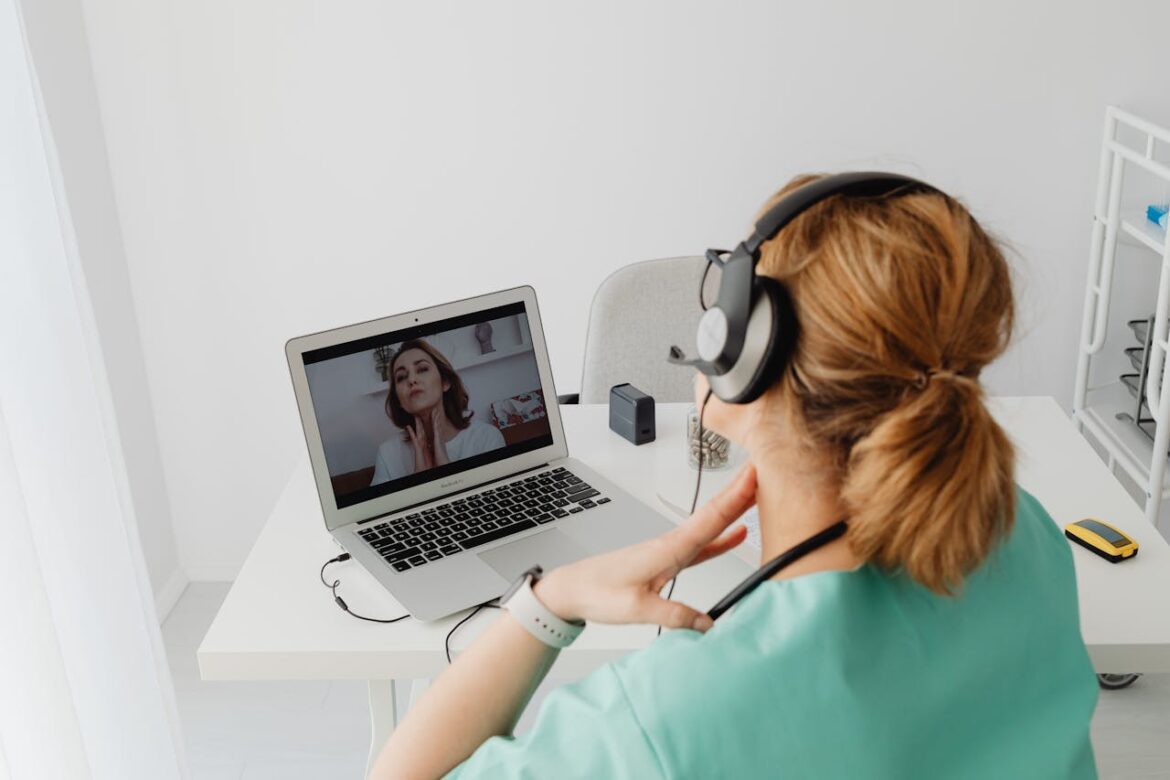Remote Patient Monitoring (RPM): A Cornerstone of U.S. Healthcare in 2024
Transforming Chronic Condition Management
Remote patient monitoring (RPM) is rapidly emerging as a game-changer in the landscape of U.S. healthcare, especially in the management of chronic conditions. In 2024, RPM leverages innovative technologies that allow healthcare providers to extend their reach beyond traditional clinical settings. By integrating wearable devices with telehealth platforms, medical professionals can offer more comprehensive care that meets the evolving needs of their patients. This shift towards remote monitoring is favorable in a world increasingly characterized by digital health innovations and the necessity for ongoing patient engagement and management.
RPM Adoption Accelerates
The RPM initiative is built on the foundation of interconnected devices designed to track various vital signs continuously. Measurements such as heart rate, blood pressure, and glucose levels can now be monitored in real-time, facilitating timely interventions. According to Dr. Emily Grant, a telehealth specialist, “RPM is revolutionizing chronic disease management. It empowers patients to take control of their health.” This newfound capability encourages patients to engage in their healthcare, thereby improving adherence to treatment regimens and enabling more effective management of chronic illnesses.
Key Drivers of Growth
Several factors are accelerating the adoption of RPM into mainstream healthcare practices. Prominent advancements in wearable technology are making periodic health assessments more accessible, while the growing acceptance of telehealth practices continues to break down barriers to care. Leading technology firms such as Apple, Fitbit, and Dexcom are increasingly incorporating medical-grade sensors into their consumer devices, facilitating a seamless transition into the realm of RPM. These advancements allow a diverse population to engage in regular health monitoring, democratizing access to healthcare.
Benefits for Healthcare Providers
RPM presents significant advantages for healthcare providers as well. One of the most notable benefits is the reduction of hospital readmissions, which can significantly alleviate strain on healthcare resources. By continuously monitoring patients, healthcare professionals are better equipped to identify potential health crises before they escalate, ultimately resulting in improved patient outcomes. Additionally, the use of artificial intelligence (AI) to sift through and analyze vast amounts of patient data allows for the prediction of health trends and the implementation of proactive interventions. This capability empowers providers and patients alike, allowing a more targeted approach to healthcare management.
Barriers to Widespread Use
Despite its tremendous potential, RPM is not without challenges. Issues surrounding data privacy remain paramount, as patients and providers alike express concerns about the security of sensitive health information. Furthermore, reimbursement for RPM services by insurers can be inconsistent, hindering broad adoption. Policymakers recognize the need to address these barriers and are actively advocating for expansions in Medicare coverage for RPM services. By doing so, the goal is to improve the affordability and accessibility of RPM for seniors and low-income populations who may greatly benefit from such technologies.
The Future of RPM in Healthcare Delivery
As RPM continues to integrate into the fabric of healthcare delivery, 2024 stands to be a critical year for its development and acceptance. The ongoing transition from traditional in-person consultations to remote monitoring solutions demonstrates a clear shift in how healthcare is provided across the United States. The combination of enhanced technology, supportive policies, and growing patient engagement establishes a fertile ground for RPM to thrive, setting a promising future for a more connected healthcare ecosystem.
Conclusion
Remote Patient Monitoring is poised to be a cornerstone of the U.S. healthcare system in 2024 and beyond. By enabling real-time tracking of vital signs and elevating patient engagement, RPM addresses the challenges of chronic disease management effectively. As stakeholders continue to work through regulatory and operational hurdles, the optimizations that RPM brings to healthcare illustrate the transformative potential of technology-driven solutions. The future of healthcare is one that embraces innovation while ensuring patient safety and accessibility, ultimately striving for improved health outcomes across the board.
FAQs
What is Remote Patient Monitoring (RPM)?
RPM refers to the use of connected devices to monitor and collect vital signs and health data from patients outside of traditional clinical settings, allowing healthcare providers to make timely interventions.
How does RPM benefit patients?
RPM empowers patients to actively engage in managing their health by providing real-time tracking of their conditions, improving treatment adherence, and fostering better communication with healthcare providers.
What technologies are involved in RPM?
RPM typically incorporates wearable devices equipped with sensors for monitoring vital signs such as heart rate, blood pressure, and glucose levels, along with telehealth platforms for communication with healthcare professionals.
What challenges does RPM face?
Barriers to RPM adoption include data privacy concerns, inconsistent insurance reimbursement, and the necessity for regulatory support to standardize practices across the healthcare system.
What is the outlook for RPM in the future?
Given the accelerating advancements in technology and ongoing policy support, RPM is expected to play an increasingly vital role in chronic disease management, improving healthcare accessibility and patient outcomes in the coming years.

